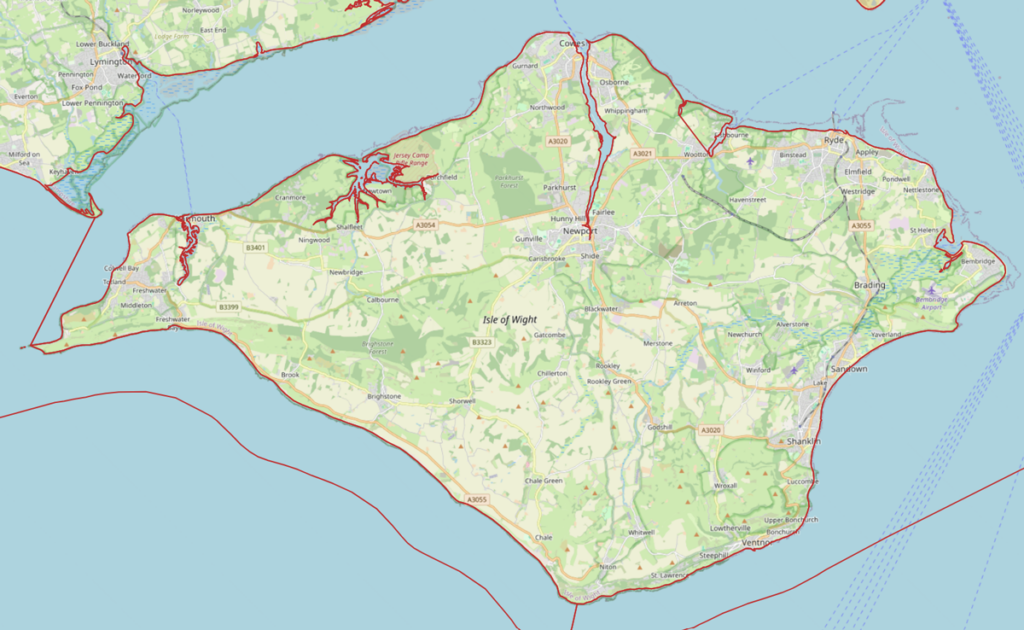EFG is driven by groups of local farmers and advisors who steer EFG activity in their area. These ‘steering groups’ are supported by EFG local officers who work with farmers, developers and corporates at a regional level.
Our groups are structured based on river catchments.
Hampshire Avon
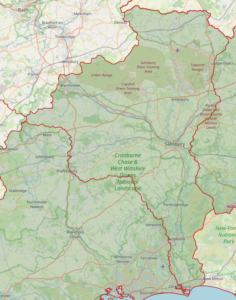
This groups catchment is home to the largest chalk stream in England. Some of the activities to date in this area include:
- Working with housing developers on providing nutrient neutrality offset credits.
- Completing a research project on the science behind soil carbon trading.
- Working with EFG sponsors Old Mill on developing a carbon accounting platform.
- Focus on measuring water quality, with a project led by the Wylye Valley Cluster.
Test & Itchen
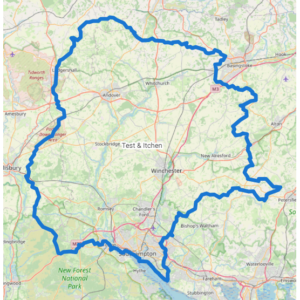
There was a natural growth of EFG into its neighbouring river catchment, due to the fact that Test & Itchen farmers applied to join EFG. The farmers have the same three broad environmental objectives and are also focused on protecting the rare chalk streams as well as looking at wildflower meadows which have been in great decline since the First World War.
Dorset
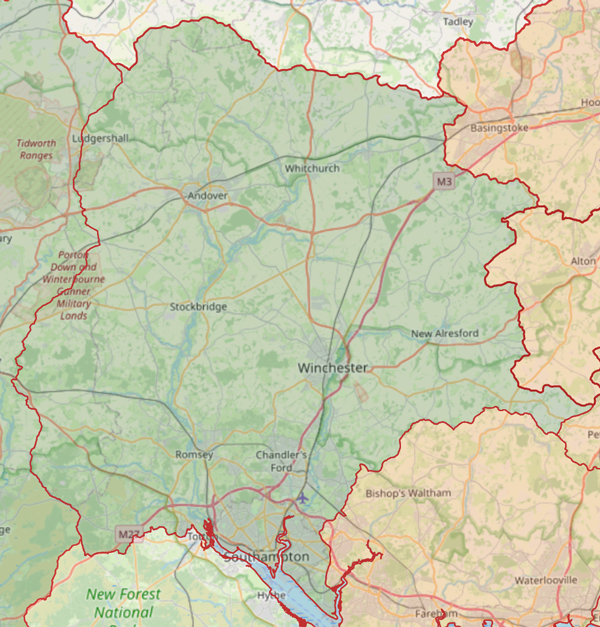
Similarly to the Test & Itchen ‘cell’, EFG has grown into its other neighbouring river catchment, the Dorset Stour. With members growing in the area rapidly, local farmers and cluster facilitators are in the process of building a local steering group for this area.
Northern Lincs
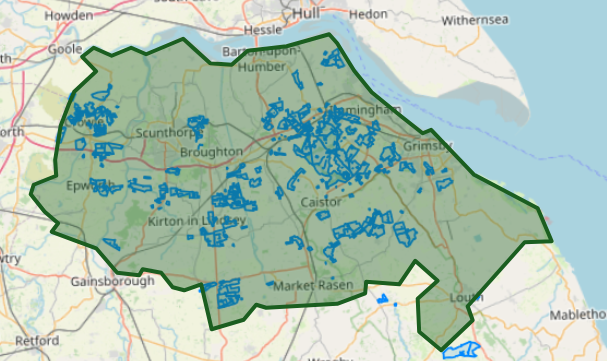
Northern Lincolnshire is EFG’s first non-contiguous area. There was some early demand to replicate the EFG model in the area and so a Steering Group was pulled together to drive the model. This has been sitting regularly since July 2023. With its proximity to the industrial Humber bank, the Steering Group sees some key potential opportunities for EFG farmers to support growth in the area through cleaner water projects as well as biodiversity and carbon mitigation for new industrial developments.
Central England
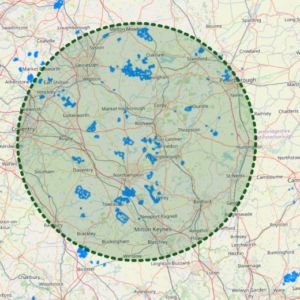
The Central England EFG promises to have the largest geographical spread of all the EFG regions, with the potential to cover 710,000 hectares including catchments in Northamptonshire, Leicestershire, Rutland, Lincolnshire, Cambridgeshire, Bedfordshire, Buckinghamshire and Oxfordshire.
Activities and opportunities for investment include:
- Biodiversity offsetting for new homes and industrial warehousing.
- Carbon sequestration for regional industrial emissions.
- Working closely with local Green Investment opportunities.
- Cleaning groundwater and rivers through initiatives with water companies.
- Providing natural flood prevention measures at risk locations.
Isle of Wight
